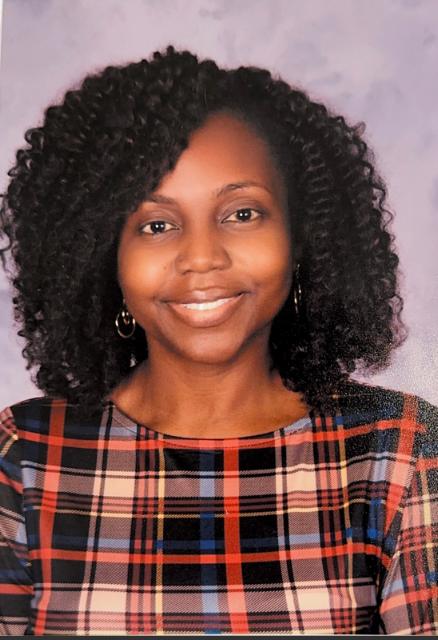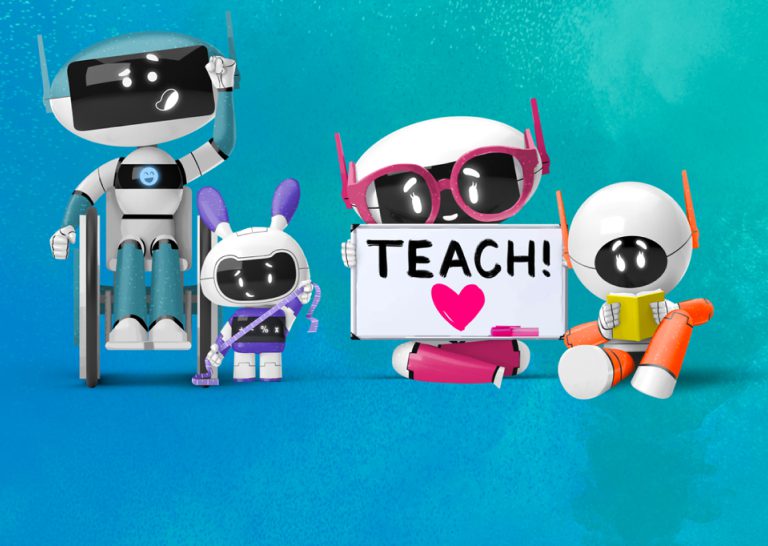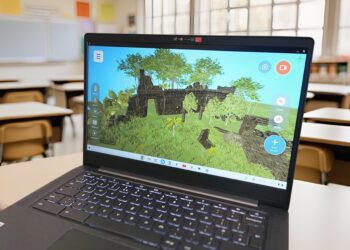Whether you’re a teacher, administrator, student, or community member, you’ve probably heard lots of conversation surrounding reading over the last school year. Particularly discussions about literacy instruction and student reading proficiency, both critical to the success of students’ academic careers. One teacher, Judith Philias, shared her insights with the Discovery Education team about why she loves teaching English Language Arts, how DE has helped her literacy instruction, and some advice for teachers who are looking to help their students grow as readers and writers—all while keeping learning fun!
I have been teaching in Miami, Florida for 16 years and I currently teach third grade. I became a teacher because I get to make a lasting impression and challenge my students. The title “teacher” brings many roles, including (but not limited to) counseling, developing differentiated instruction that can meet the needs of various learners, being a role model, and even advocating for what’s best for your students. I love teaching English Language Arts (ELA) because reading is an essential skill to life, and having great foundational reading skills can help set up students for successful futures. In third grade, ELA is an extremely critical subject area for students, as the state reading test is a determining factor for promotion to fourth grade.
This year I have noticed that my students have been struggling to identify key details in a passage and with comprehension questions regarding the text. Discovery Education has supported my literacy instruction by helping me reach my students in a variety of methods. DE offers instructional videos for teachers that model how to implement new strategies, interesting reading passages to help students practice their reading skills, and other engaging resources for student use.
My students love Discovery Education! When I incorporated DE resources within the lesson, it made my students’ day because it was something fun and different. For them, it was beyond a textbook, because the information was presented in a way that kept it from feeling boring or repetitive.
An SOS Strategy (DE’s popular instructional strategies developed by teachers) that I use that always receives great feedback is Three Truths, One Lie. After reading a story, I organize the students in small groups to create their responses: three true details and one false detail. As the students work together, it is actually easier for them to identify details from the story than to write the lie! When they are finished, each group presents their sentences, and the other groups have to determine which sentence is a lie. It makes a fun lesson using a skill my students usually struggle with, and it serves as a quick assessment for me to see how my class is progressing in identifying key details in a text.

My advice to other teachers who are using Discovery Education is to familiarize yourself with the platform, because it will help you explore everything it has to offer. The site has so much information, and for some individuals it can become overwhelming. Familiarizing yourself with the homepage and search feature is a great way to start! After you learn to navigate the website (as best as you can), choose one SOS Strategy, watch the instructional video, read the teacher’s guide, and lastly, apply the strategy in your classroom. Another great feature is that some strategies include their own graphic organizer!

Judith Philias
Judith Philias is an Elementary ELA Teacher located in Miami, Florida. She has been teaching for 16 years, and is a member of the Discovery Educator Network as a DEN STAR. Judith currently serves as her school's Third Grade department chair, one of the Future Educators of America (FEA) club sponsor, and Dance Team club sponsor. She is passionate about differentiated instruction and challenging her students in new ways!








